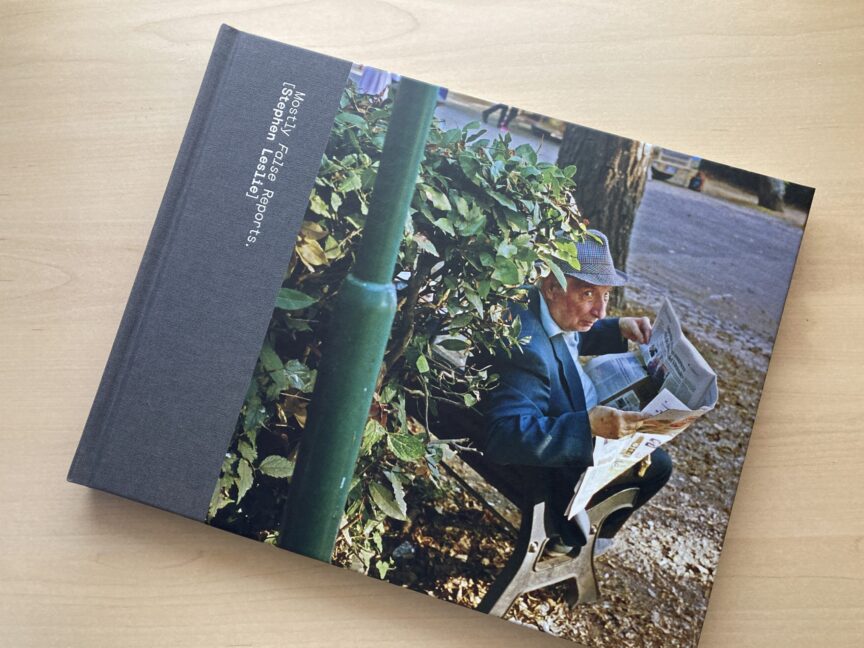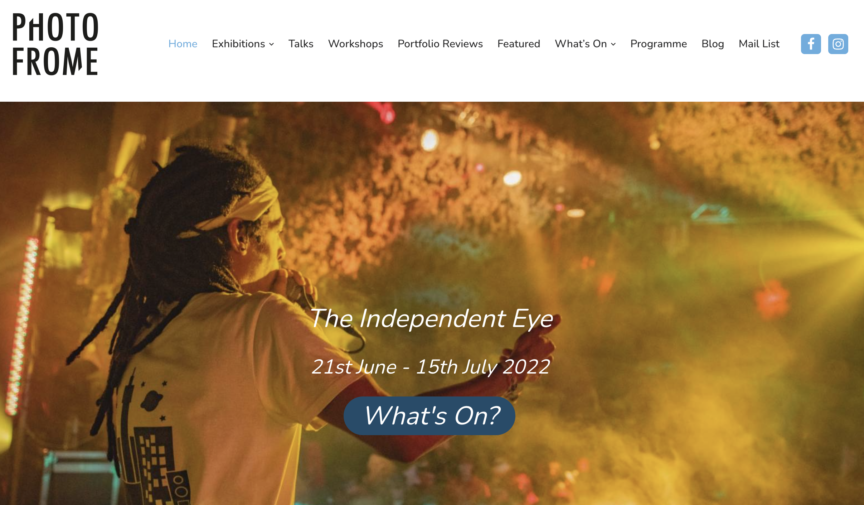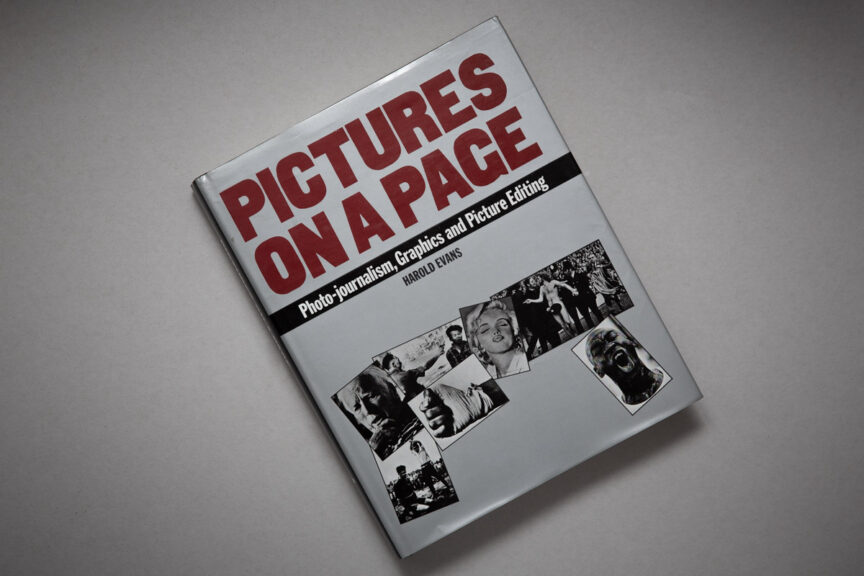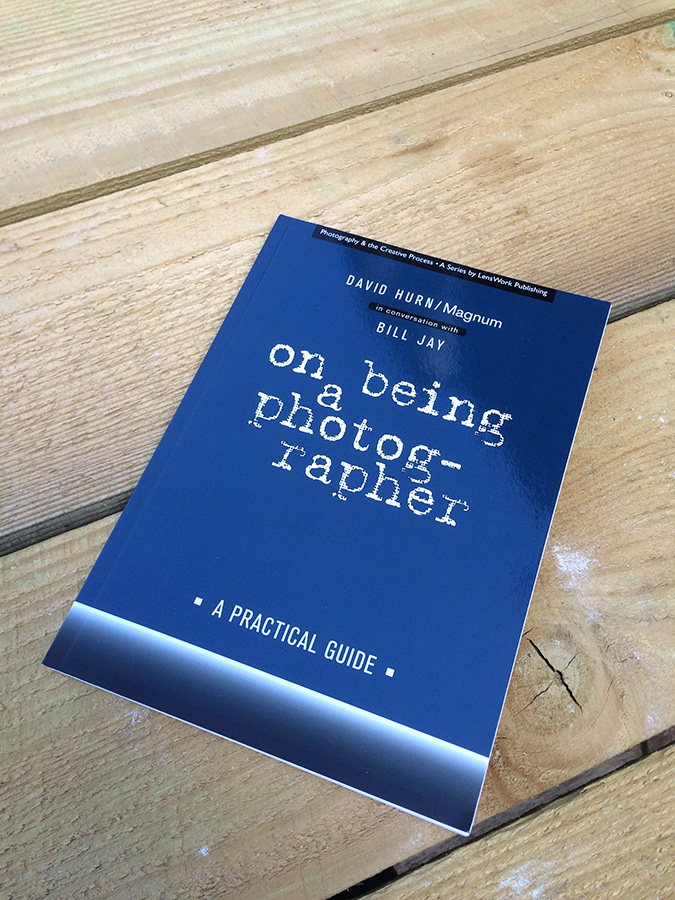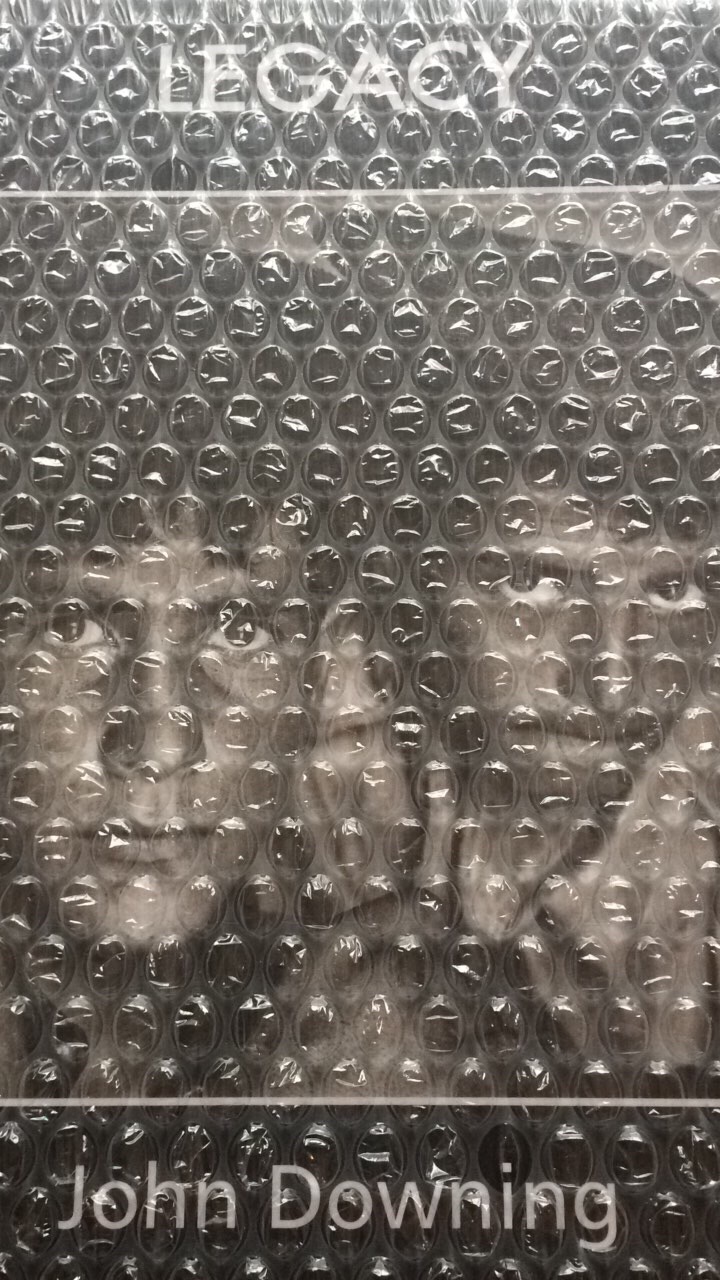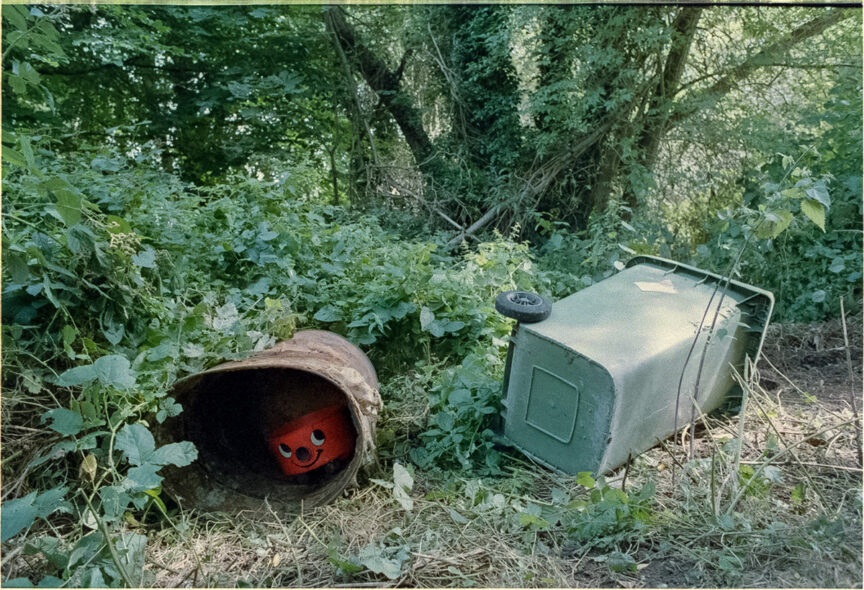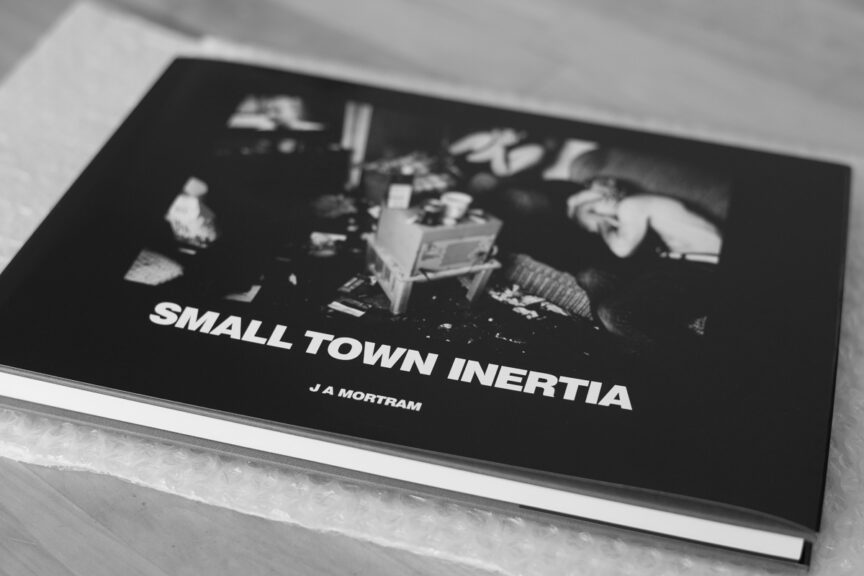What will you be doing this weekend? Don’t tell me, I don’t care because I’m going to be buried in Stephen Leslie’s book, just released, called Mostly False Reports.
If you don’t know Leslie’s work, I’m not talking about Virginia Woolf’s father (also a Stephen Leslie) who died, oh I dunno, quite a long time ago. No, this is London-based film director, screenwriter, and street photographer Stephen Leslie. He’s still very much alive.
I’m not a huge fan of street photography, so I’m very picky about who within that genre I follow or take note of. Leslie is one of them. Dougie Wallace and Matt Stuart also spring to mind (I realise there are no female photographers in there so if someone can point me their way I’d love to see that perspective too).
For the life of me, I can’t remember exactly how Leslie’s work showed up on my radar, probably through Instagram, but however it was, my interest in his work was cemented through his YouTube channel where he posts excellent if occasional videos focusing on photographic themes or specific photographers. His knowledge of photography, its practitioners, and history is impressive, but he rarely speaks of his own work.
What Leslie does with his images, exemplified in his latest book, is to compose made-up narratives around the photos he’s taken. The images already benefit from Leslie’s often witty, observational style, but the additional twist of his text, usually in the style of a very short story, delivers yet another layer. Not all the narratives are entirely false, so the reader is left to consider what is true and what is false.
Others will be better equipped to critique this book with more skill than I possess, but without wishing to appear arse-licky I think it’s brilliant. The photography is quirky and entertaining, even thought-provoking (as only the best street photography is). It has a high-quality feel, the design is simple and elegant and the effort and attention to detail are clear.
So you do your thing this weekend, I’m going to be curled up with this book until I’ve been through it cover-to-cover (and possibly back again).
If you’d like your own copy, you’ll have to hope it goes on general sale at some point because so far it’s only been available through the Kickstarter campaign which brought it to fruition. There’s no point asking to buy my copy, it’s not for sale! EDIT: Contact Stephen directly to order your copy. Scroll to the bottom of the page on this link for his contact form.
Have a great weekend

